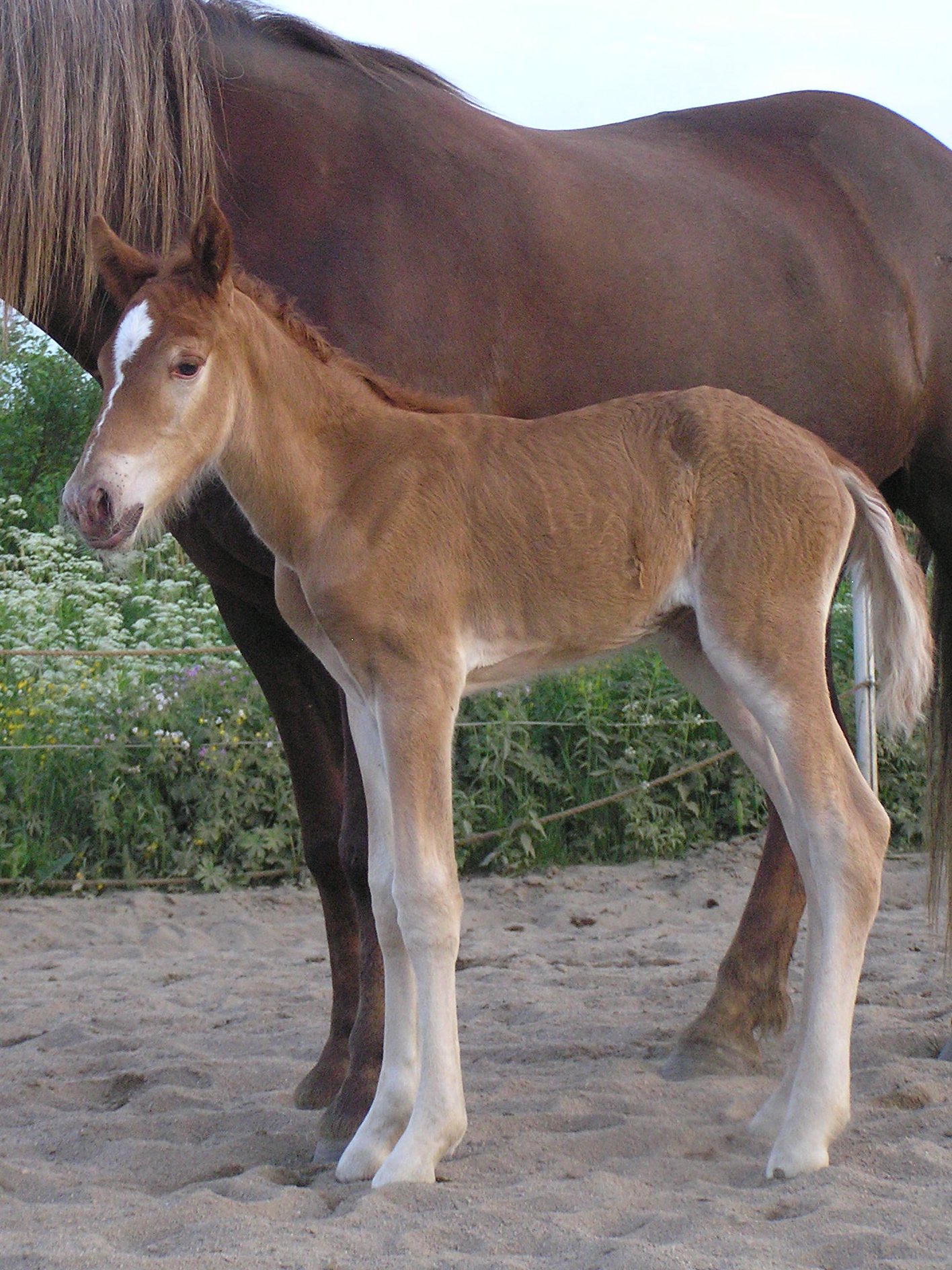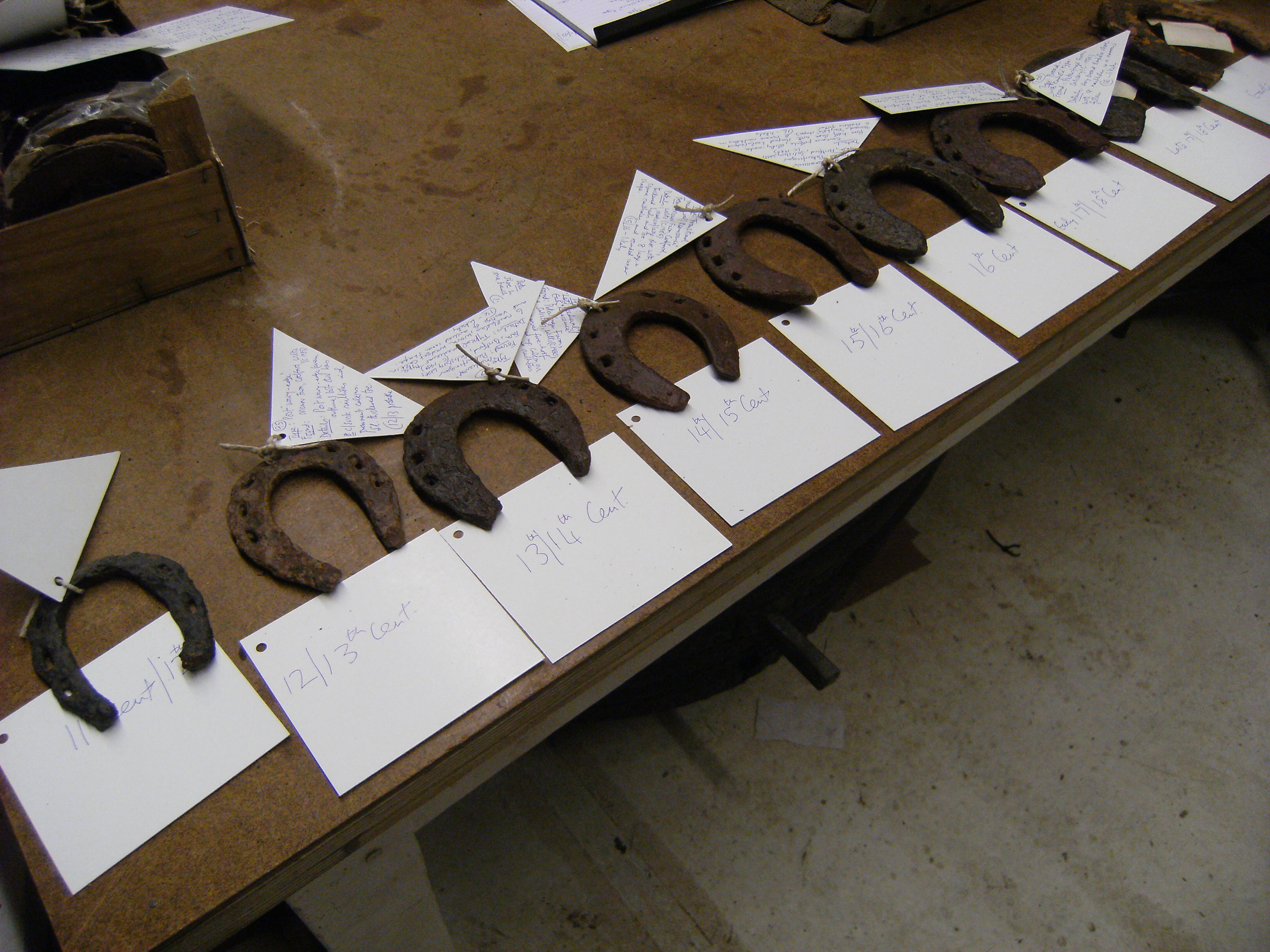|
Glossary Of Australian And New Zealand Punting
The Australian and New Zealand punting glossary explains some of the terms, jargon and slang which are commonly used and heard on Australian and New Zealand racecourses, in TABs, on radio, and in the horse racing media. Some terms are peculiar to Australia, such as references to bookmakers, but most are used in both countries. The emphasis in this list is on gambling terms, rather than the breeding or veterinary side of horse racing. 0-9 * 750s: Binoculars with magnification of 7x50 mm. * 10-50s: Binoculars with magnification of 10x50 mm. A * Acceptor: A horse confirmed by the owner or trainer to be a runner in a race. * Aged: A horse seven years old or older.Stratton ''International Horseman’s Dictionary'' p. 7Summerhayes ''Encyclopaedia for Horsemen'' p. 3Delbridge ''Macquarie Dictionary'' p. 30 * All Up: A Type of Bet where the winnings of one race is carried over to the next race and so forth. * Any2: A new type of bet in Australia, very popular in Hong Kong. This b ... [...More Info...] [...Related Items...] OR: [Wikipedia] [Google] [Baidu] |
Australian English
Australian English (AusE, AusEng, AuE, AuEng, en-AU) is the set of varieties of the English language native to Australia. It is the country's common language and ''de facto'' national language; while Australia has no official language, English is the first language of the majority of the population, and has been entrenched as the ''de facto'' national language since European settlement, being the only language spoken in the home for 72% of Australians. It is also the main language used in compulsory education, as well as federal, state and territorial legislatures and courts. Australian English began to diverge from British and Irish English after the First Fleet established the Colony of New South Wales in 1788. Australian English arose from a dialectal 'melting pot' created by the intermingling of early settlers who were from a variety of dialectal regions of Great Britain and Ireland, though its most significant influences were the dialects of Southeast England. By ... [...More Info...] [...Related Items...] OR: [Wikipedia] [Google] [Baidu] |
Gambler
Gambling (also known as betting or gaming) is the wagering of something of value ("the stakes") on a random event with the intent of winning something else of value, where instances of strategy are discounted. Gambling thus requires three elements to be present: consideration (an amount wagered), risk (chance), and a prize. The outcome of the wager is often immediate, such as a single roll of dice, a spin of a roulette wheel, or a horse crossing the finish line, but longer time frames are also common, allowing wagers on the outcome of a future sports contest or even an entire sports season. The term "gaming" in this context typically refers to instances in which the activity has been specifically permitted by law. The two words are not mutually exclusive; ''i.e.'', a "gaming" company offers (legal) "gambling" activities to the public and may be regulated by one of many gaming control boards, for example, the Nevada Gaming Control Board. However, this distinction is not universal ... [...More Info...] [...Related Items...] OR: [Wikipedia] [Google] [Baidu] |
Confidence Trick
A confidence trick is an attempt to defraud a person or group after first gaining their trust. Confidence tricks exploit victims using their credulity, naïveté, compassion, vanity, confidence, irresponsibility, and greed. Researchers have defined confidence tricks as "a distinctive species of fraudulent conduct ..intending to further voluntary exchanges that are not mutually beneficial", as they "benefit con operators ('con men') at the expense of their victims (the 'marks')". Terminology Synonyms include con, confidence game, confidence scheme, ripoff, scam, and stratagem. The perpetrator of a confidence trick (or "con trick") is often referred to as a confidence (or "con") man, con-artist, or a "grifter". The shell game dates back at least to Ancient Greece. Samuel Thompson (1821–1856) was the original "confidence man". Thompson was a clumsy swindler who asked his victims to express confidence in him by giving him money or their watch rather than gaining their confidenc ... [...More Info...] [...Related Items...] OR: [Wikipedia] [Google] [Baidu] |
Chestnut (coat)
Chestnut is a hair coat color of horses consisting of a reddish-to-brown coat with a mane and tail the same or lighter in color than the coat. Chestnut is characterized by the absolute absence of true black hairs. It is one of the most common horse coat colors, seen in almost every breed of horse. Chestnut is a very common coat color but the wide range of shades can cause confusion. The lightest chestnuts may be mistaken for palominos, while the darkest shades can be so dark they appear black. Chestnuts have dark brown eyes and black skin, and typically are some shade of red or reddish brown. The mane, tail, and legs may be lighter or darker than the body coat, but unlike the bay they are never truly black. Like any other color of horse, chestnuts may have pink skin with white hair where there are white markings, and if such white markings include one or both eyes, the eyes may be blue. Chestnut foals may be born with pinkish skin, which darkens shortly afterwards. Chestnu ... [...More Info...] [...Related Items...] OR: [Wikipedia] [Google] [Baidu] |
Horseshoe
A horseshoe is a fabricated product designed to protect a horse hoof from wear. Shoes are attached on the palmar surface (ground side) of the hooves, usually nailed through the insensitive hoof wall that is anatomically akin to the human toenail, although much larger and thicker. However, there are also cases where shoes are glued. Horseshoes are available in a wide variety of materials and styles, developed for different types of horse and for the work they do. The most common materials are steel and aluminium, but specialized shoes may include use of rubber, plastic, magnesium, titanium, or copper.Price, Steven D. (ed.) ''The Whole Horse Catalog: Revised and Updated'' New York:Fireside 1998 , pp. 84–87. Steel tends to be preferred in sports in which a strong, long-wearing shoe is needed, such as polo, eventing, show jumping, and western riding events. Aluminium shoes are lighter, making them common in horse racing where a lighter shoe is desired, and often facilitate ce ... [...More Info...] [...Related Items...] OR: [Wikipedia] [Google] [Baidu] |
Handicapping
Handicapping, in sport and games, is the practice of assigning advantage through scoring compensation or other advantage given to different contestants to equalize the chances of winning. The word also applies to the various methods by which the advantage is calculated. In principle, a more experienced participant is disadvantaged, or a less experienced or capable participant is advantaged, in order to make it possible for the less experienced participant to win whilst maintaining fairness. Handicapping is used in scoring many games and competitive sports, including go, shogi, chess, croquet, golf, bowling, polo, basketball, and track and field events. Handicap races are common in clubs which encourage all levels of participants, such as swimming or in cycling clubs and sailing clubs, or which allow participants with a variety of standards of equipment. Often races, contests or tournaments where this practice is competitively employed are known as ''Handicaps''. Handicappi ... [...More Info...] [...Related Items...] OR: [Wikipedia] [Google] [Baidu] |
Raffle
A raffle is a gambling competition in which people obtain numbered tickets, each of which has the chance of winning a prize. At a set time, the winners are drawn at random from a container holding a copy of each number. The drawn tickets are checked against a collection of prizes with numbers attached to them, and the holder of the ticket wins the prize. The raffle is a popular game in many countries, and is often held to raise funds for a specific charity or event. Process A raffle may involve several separate prizes, possibly donated, with a different ticket drawn for each prize, so a purchaser of a ticket may not be attracted to a specific prize, but for the possibility of winning any of those offered. The draw for prizes may be held at a special event, with many onlookers and overseen by a club official or well-known person. In the prize draw, one ticket is drawn for the initial prize; that ticket is then left out of the container. A second ticket is then drawn for the next p ... [...More Info...] [...Related Items...] OR: [Wikipedia] [Google] [Baidu] |
Tambo Vallery Races 2006 03
Tambo may refer to: People * Adelaide Tambo (1929–2007), South African anti-apartheid activist * Dali Tambo (born 1959), South African anti-apartheid activist, TV presenter and also son of Oliver Tambo and Adelaide Tambo * Oliver Tambo (1917–1993), South African anti-apartheid activist * Thembi Tambo, British-South African diplomat, politician and also daughter of Oliver Tambo and Adelaide Tambo Places Australia Queensland *Tambo, Queensland, a locality in Blackall-Tambo Region *Shire of Tambo (Queensland), a former local government area Victoria * Tambo River (Victoria) *County of Tambo, Victoria *Mount Tambo, Victoria *Shire of Tambo (Victoria) Peru * Tambo River (Peru) * Tambo District, Huaytará * Tambo District, La Mar Elsewhere * Pizzo Tambò, a mountain in the Swiss Alps near the Splügen Pass * Tambo Island, in Pontevedra, Spain * Tambo, Parañaque, in the Philippines Art, entertainment, and media Fictional characters * Tambo, a character in minstrel sho ... [...More Info...] [...Related Items...] OR: [Wikipedia] [Google] [Baidu] |
Horse Tack
Tack is equipment or accessories equipped on horses and other equines in the course of their use as domesticated animals. This equipment includes such items as saddles, stirrups, bridles, halters, reins, bits, and harnesses. Equipping a horse is often referred to as tacking up, and involves putting the tack equipment on the horse. A room to store such equipment, usually near or in a stable, is a tack room. Saddles Saddles are seats for the rider, fastened to the horse's back by means of a '' girth'' (English-style riding), known as a ''cinch'' in the Western US, a wide strap that goes around the horse at a point about four inches behind the forelegs. Some western saddles will also have a second strap known as a ''flank'' or ''back cinch'' that fastens at the rear of the saddle and goes around the widest part of the horse's belly.Price, Steven D. (ed.) ''The Whole Horse Catalog: Revised and Updated'' New York:Fireside 1998 p. 167-178 It is important that the saddle be com ... [...More Info...] [...Related Items...] OR: [Wikipedia] [Google] [Baidu] |
Combination
In mathematics, a combination is a selection of items from a set that has distinct members, such that the order of selection does not matter (unlike permutations). For example, given three fruits, say an apple, an orange and a pear, there are three combinations of two that can be drawn from this set: an apple and a pear; an apple and an orange; or a pear and an orange. More formally, a ''k''-combination of a Set (mathematics), set ''S'' is a subset of ''k'' distinct elements of ''S''. So, two combinations are identical if and only if each combination has the same members. (The arrangement of the members in each set does not matter.) If the set has ''n'' elements, the number of ''k''-combinations, denoted as C^n_k, is equal to the binomial coefficient \binom nk = \frac, which can be written using factorials as \textstyle\frac whenever k\leq n, and which is zero when k>n. This formula can be derived from the fact that each ''k''-combination of a set ''S'' of ''n'' members has k! ... [...More Info...] [...Related Items...] OR: [Wikipedia] [Google] [Baidu] |
Fraud
In law, fraud is intentional deception to secure unfair or unlawful gain, or to deprive a victim of a legal right. Fraud can violate civil law (e.g., a fraud victim may sue the fraud perpetrator to avoid the fraud or recover monetary compensation) or criminal law (e.g., a fraud perpetrator may be prosecuted and imprisoned by governmental authorities), or it may cause no loss of money, property, or legal right but still be an element of another civil or criminal wrong. The purpose of fraud may be monetary gain or other benefits, for example by obtaining a passport, travel document, or driver's license, or mortgage fraud, where the perpetrator may attempt to qualify for a mortgage by way of false statements. Internal fraud, also known as "insider fraud", is fraud committed or attempted by someone within an organisation such as an employee. A hoax is a distinct concept that involves deliberate deception without the intention of gain or of materially damaging or depriving a vi ... [...More Info...] [...Related Items...] OR: [Wikipedia] [Google] [Baidu] |
Thoroughbred
The Thoroughbred is a horse breed best known for its use in horse racing. Although the word ''thoroughbred'' is sometimes used to refer to any breed of purebred horse, it technically refers only to the Thoroughbred breed. Thoroughbreds are considered " hot-blooded" horses that are known for their agility, speed, and spirit. The Thoroughbred, as it is known today, was developed in 17th- and 18th-century England, when native mares were crossbred with imported Oriental stallions of Arabian, Barb, and Turkoman breeding. All modern Thoroughbreds can trace their pedigrees to three stallions originally imported into England in the 17th and 18th centuries, and to a larger number of foundation mares of mostly English breeding. During the 18th and 19th centuries, the Thoroughbred breed spread throughout the world; they were imported into North America starting in 1730 and into Australia, Europe, Japan and South America during the 19th century. Millions of Thoroughbreds exist today, a ... [...More Info...] [...Related Items...] OR: [Wikipedia] [Google] [Baidu] |








